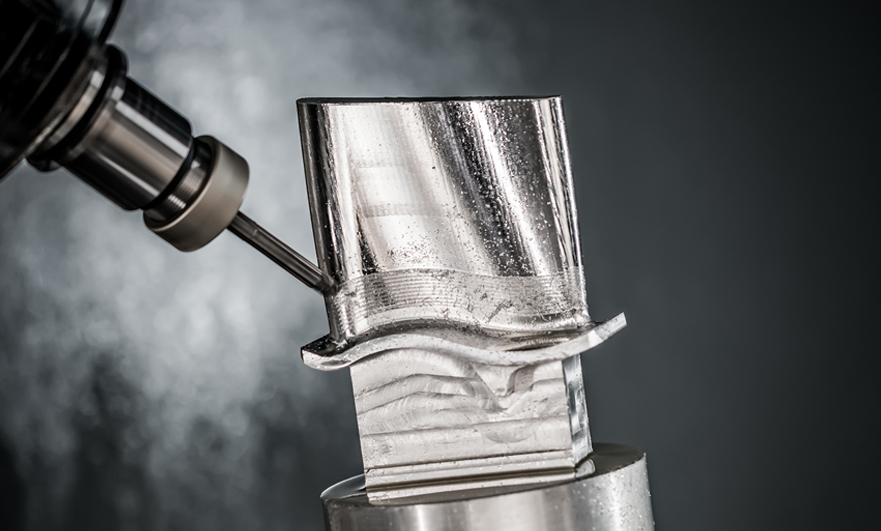15 years one-stop China custom CNC machining parts factory

Hey there I’m VMT Sam!
With 25 years of CNC machining experience we are committed to helping clients overcome 10000 complex part-processing challenges all to contribute to a better life through intelligent manufacturing. Contact us now
 164 |
Published by VMT at Oct 26 2021
164 |
Published by VMT at Oct 26 2021
How to ensure that the steps we are taking will achieve a better surface finish? Standard (ie, machined) surface finishes sometimes need to be modified for aesthetic or functional purposes. This may require more precise machining or the use of secondary machining. We have compiled a list of major surface treatments to help you improve precision machined parts.
Measure the surface roughness of precision machined parts
There are several techniques and features for surface finish measurement, including profile analysis, area detection and microscopic detection. The focus is on the peak roughness (Ra) and its separation (D). We need to understand which technology is most suitable and can achieve the desired results without spending a lot of energy and time. The most commonly used method of measuring surface roughness is Ra, which is the average surface roughness. It measures deviations from the average surface plane, and sometimes the surface roughness of precision machined parts is acceptable. Sometimes considering the degree of aesthetics, the surface roughness of precision machined parts is the first choice. The matt finish can eliminate reflections and is unlikely to show traces.

Surface finish of precision machined parts
We have many ways to make a processed part achieve a smooth surface finish. The first factor of surface finish is determined by the CNC machining process. If you need a faster surface finish of your part, it is estimated that Ra is 60 to 65 . If you can work with a longer turnaround time, this number will drop to a potential Ra of 32. All the processed parts are left in the process, which may leave visible tool marks. On the other hand, some metal parts allow more choices. It is important to remember that precision machined parts often have sharp edges and should be handled with care.
Post-processing
Secondary finishing is a very important process. Secondary finishing. We have many options to achieve high-level precision machining of finished parts. The processed surface is usually smoothed by abrasive grains or grinding. Like metal parts, the machined parts can use various processes to adjust their surface finish. For precision-machined parts with higher gloss, wet sand polishing can be used. With metal particles, gradually finer grit is applied until it reaches Expected completion.
Ready To Start Your Next Project?
Get Instant Quote

Request a Free Quote
Send us a message if you have any questions or request a quote. We will get back to you ASAP!